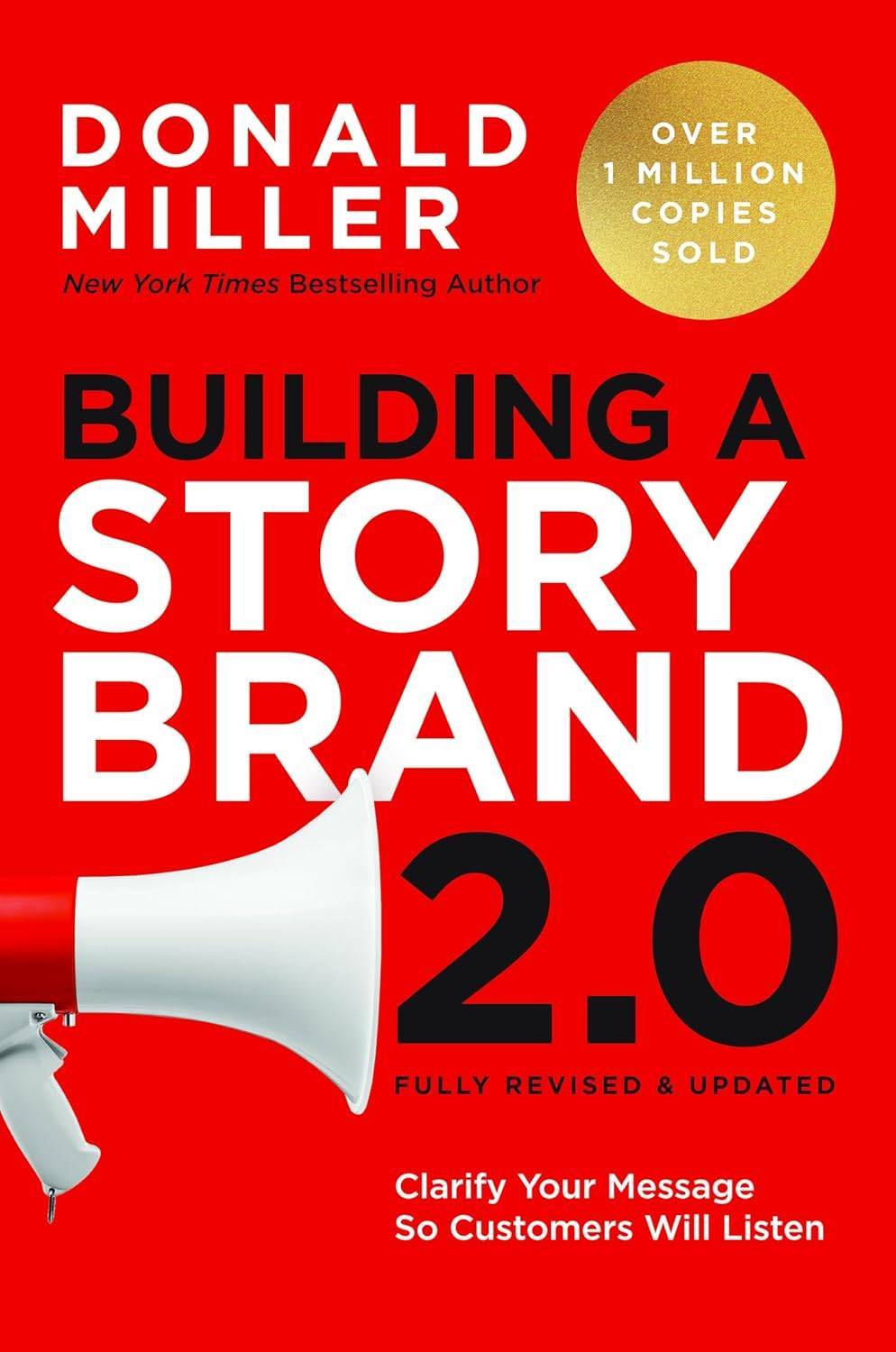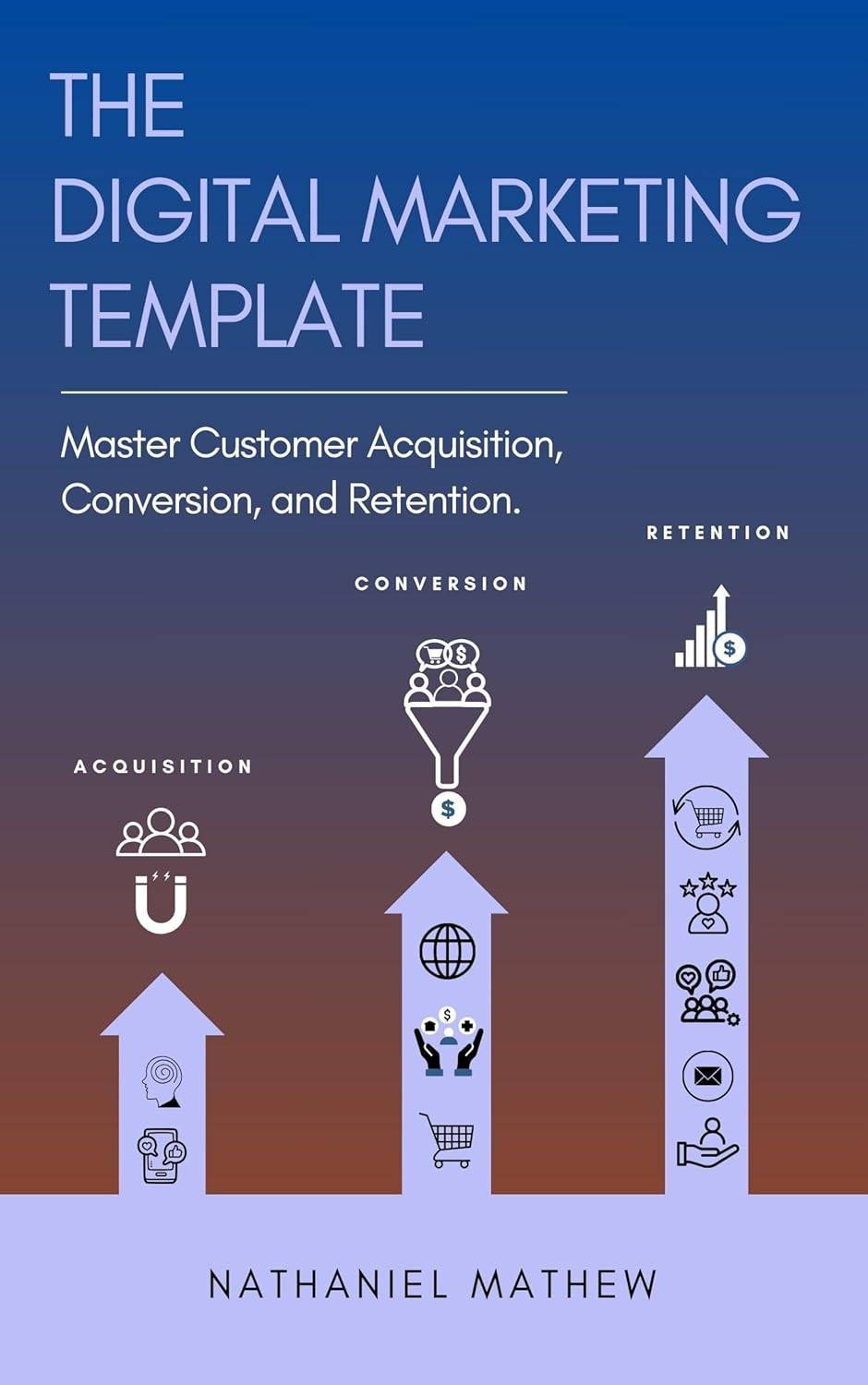How to Create SEO Reports Clients Actually Read
Learn how to build SEO reports that clearly communicate impact and next steps; without drowning clients in metrics.
Last updated: May 3, 2025

How to Create SEO Reports Clients Actually Read in 2025
TL;DR
Stop sending spreadsheets full of KPIs. Build short, insightful reports that answer what changed, why it matters, and what to do next. This keeps clients engaged and loyal.
Recommended Reading
Why SEO Reporting Matters (and How to Do It Right)
SEO reports are often ignored because they're bloated, jargon-heavy, or disconnected from client goals. Clients don't care about impressions or crawl errors unless they know how it affects leads or sales. Poor reporting breaks trust. Strong reporting builds credibility and repeat work. This guide helps freelancers and agencies create reports that are not only read but appreciated. It focuses on clarity, action, and business relevance.
The SEO Reporting Blueprint
Understand What the Client Cares About
Ask during onboarding: What's your main goal (leads, sales, visibility)? What does success look like? How often do you want updates? This sets the foundation for reporting with purpose.
Choose Metrics That Connect to Goals
Avoid vanity metrics unless requested. Instead, include organic traffic (and year-on-year), keywords gained or lost, pages ranking in top 3, conversions from organic, and technical issues fixed. One page, five insights. Max.
Use Visuals and Commentary
Use tools like Looker Studio or Figma to create visuals. But more importantly, add context. For example: "Traffic dropped due to indexation error; now fixed." Or: "New blog ranks #3 and brought 112 clicks." Avoid jargon. Keep language natural.
Add a One-Line Summary and Action List
Start each report with a summary: "This month we improved site speed, gained 6 new keywords, and resolved crawl issues; your visibility in local searches increased." End with what you'll do next and what you need from the client (e.g. content approval).
Standardise With a Template
Create a basic layout and duplicate it for each client. Tools to use: Notion, Canva, Google Docs plus Charts, Looker Studio. Add screenshots or links when needed; no more dumping export files.
Common Pitfalls and Quick Wins
- Over-reporting: Too many charts lead to confusion.
- No narrative: Numbers need interpretation.
- No follow-up: Reporting without a plan reduces retention.
My Favorite Tools for SEO Reporting
- Looker Studio: Custom dashboards with Google data.
- Ahrefs: Keyword tracking and visibility summaries.
- Google Search Console: Core performance and crawl data.
- Notion: Client-friendly report templates.
- Figma or Canva: Make visuals readable and branded.
Final Thoughts
Client SEO reports should act like mini business updates: short, clear, and goal-tied. If they're not being read, they're not working.



